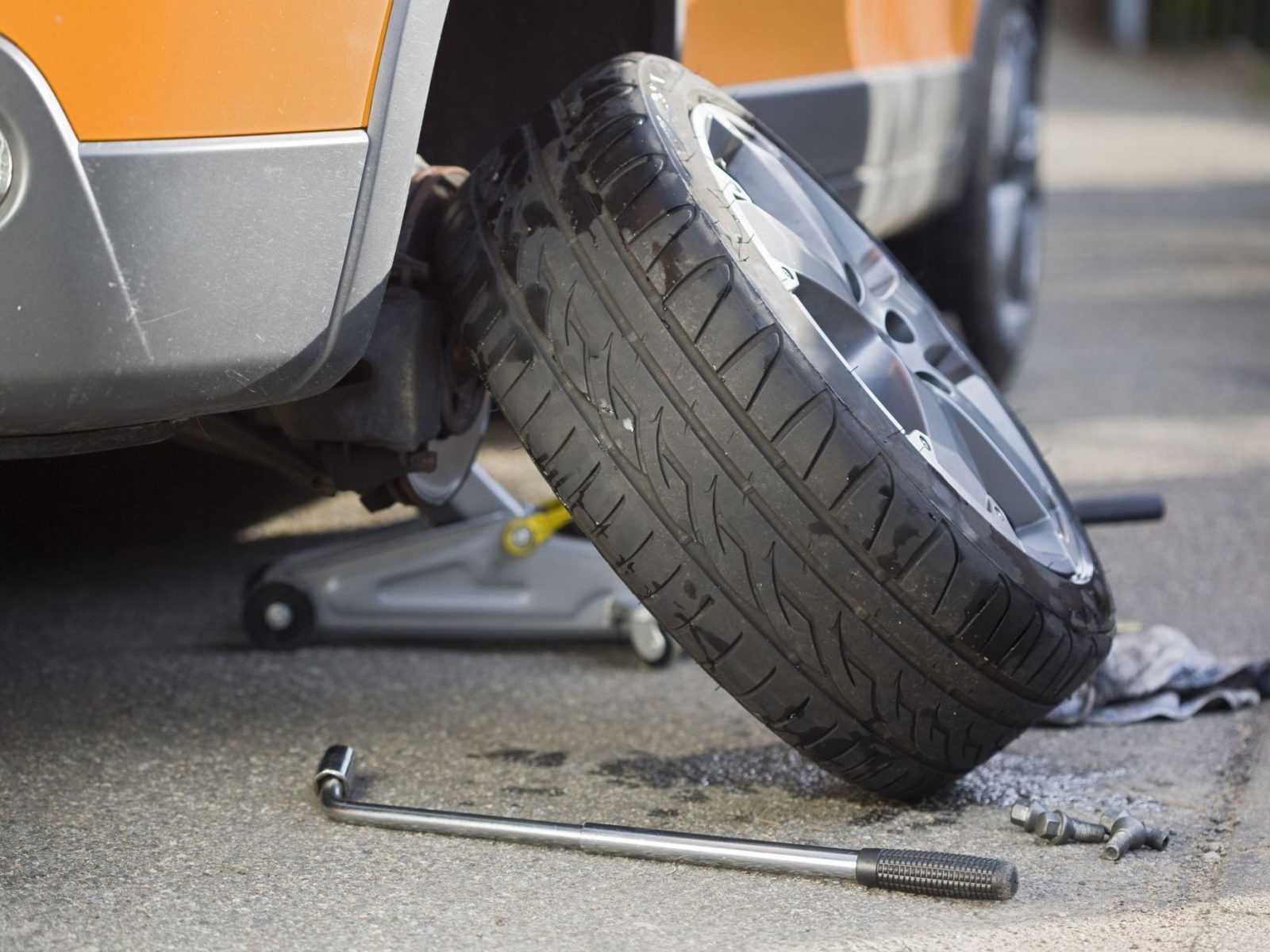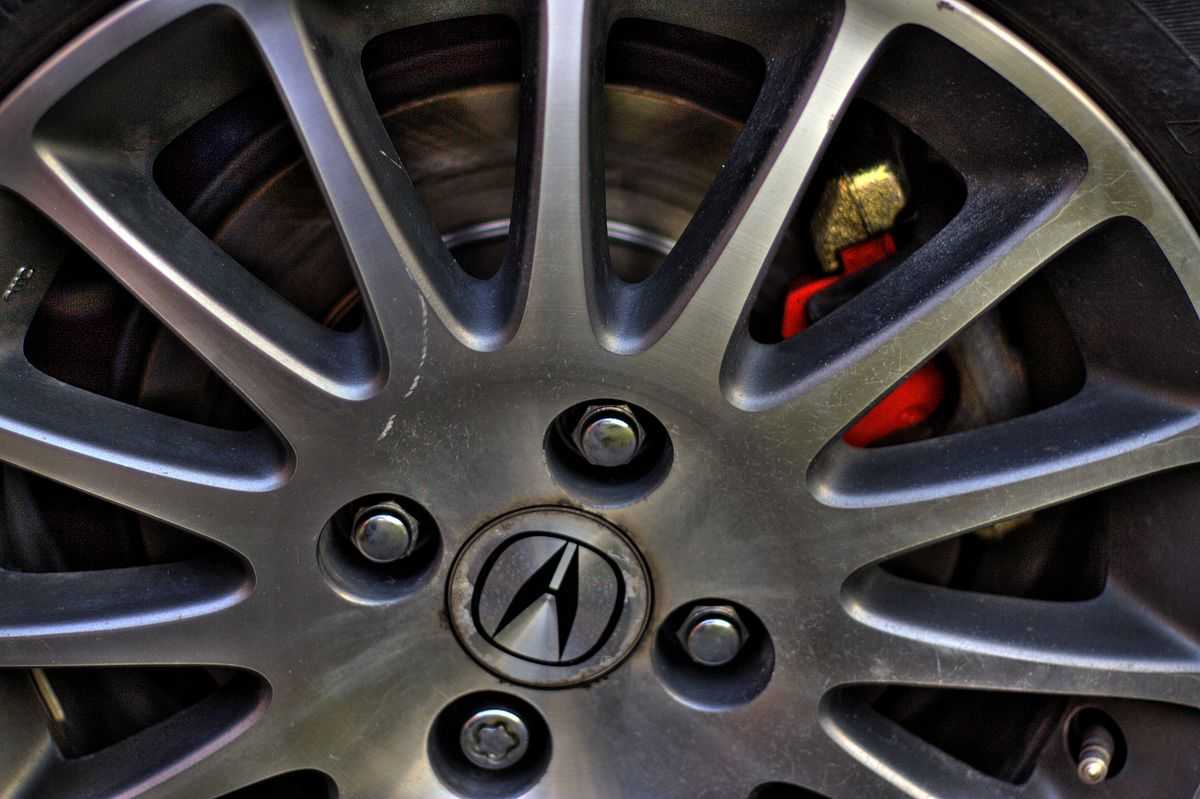Hoping to give your old vehicle a fresh look by changing the wheels and tires? You can certainly do that, but not all wheels are the same. What wheels from other vehicles will fit your car? Well, a certain brand of wheels will fit a vehicle having wheels from a different brand. The key problem lies in the size. With a few other factors, the size of the old and new wheels has to be the same for the vehicle to run with no trouble.
The same thing applies to tires. Tires and wheels from different brands can go together well. The only thing that needs to be matched is the size. Will rims from one car fit another? You must be thinking this as the rim is an important part of a wheel. Well, the will if the new ones have the size and dimensions similar to the old ones.
Contents
What Wheels from Other Vehicles Will Fit Your Car?
Automobile wheels come in various sizes and fitments. Keep these differences in mind when selecting the next set of wheels.
You can be sure about the size by checking the sticker plate supposed to be glued on the inside of the driver’s side door. Checking online is a good option too. Make sure to put the make and model of your car into the search box. Or, you can ask the dealer who you have bought the car from. In these ways, you can get the correct size of wheels, rims, and tires.

What wheels from other vehicles will fit your car? To find a wheel that bolts straight on, consider these factors when buying one:
Original Wheel Dimensions
As the size needs to be the same, you have to find out the dimensions of the old wheels. So, your first task is measuring the wheel’s diameter and width. Searching online or checking the owner’s manual is the quickest way to find the correct information.
The Offset of the Wheels
It’s important to take the measurements of the offset of the old wheels. You can calculate it by taking measurements between the centerline and the mounting pad. Wheels with the wrong offset may create an obstruction for the suspension or brakes. Or, it can rub on the vehicle’s body.
You can call it ‘zero offset’ when the wheel’s mounting part (the area where the bolts or nuts are) is in the center of the wheel. Negative offset is when this part is caved toward the inside and positive offset is when it protrudes outside.
SEE MORE
Pitch Circle Diameter and Bolt Pattern
This is the most important measurement because getting this wrong means you cannot attach the wheels at all. Measure the distance between each bolt (or nut) or the diameter of the circle on which they are set. Some wheels may have this measurement printed into their body.
Also, you need to find the bolt pattern by multiplying the number of lug nuts with the distance between them. For example, a 5 x 120 bolt pattern means the wheel has five nuts at 120 mm of distance between each of them.
This bolt pattern is crucial as it’s fixed for each car. You have to choose wheels that have the same bolt pattern. However, some wheels have a universal design that fits into different bolt patterns.
So, these are the factors that you should be careful when buying new wheels. Especially, the bolt pattern and pitch circle diameter measurements are something you cannot compromise with.
Is It Possible to Install Wheels Bigger or Smaller?
What wheels from other vehicles will fit your car? You already know that both the new and original wheels should have to have the measurements mentioned above.
But, you can still go for larger or smaller wheels than the original ones and fit them into your vehicle with little tweaks.
Whether the new ones are bigger or smaller, just make sure that they have the same rolling radius as the old ones. To fit them under the wheel arches, you will need to adjust the size of the tires.

However, installing smaller wheels will make the vehicle sit lower, which means closer to the ground. As a result, any ridge or speed bumps on the road may damage the chassis components.
Similarly, going for wider wheels means you have to use tires that stretch. Such tires pull the sidewall inwards to contract the rolling radius and prevent touching the wheel arch.
Keep in mind that the overall circumference of the new tires has to be within a 0.5-inch circumference of the original tires. And, they must be compatible with the load index rated for your vehicle. The better you can adjust the tires to the wheels, the lower will be the speedometer error.



